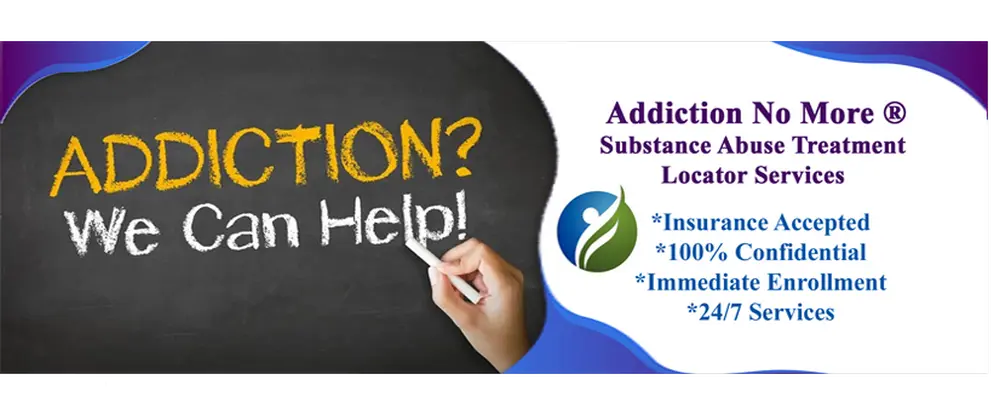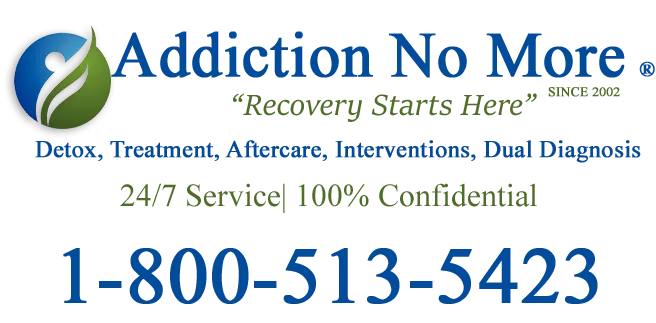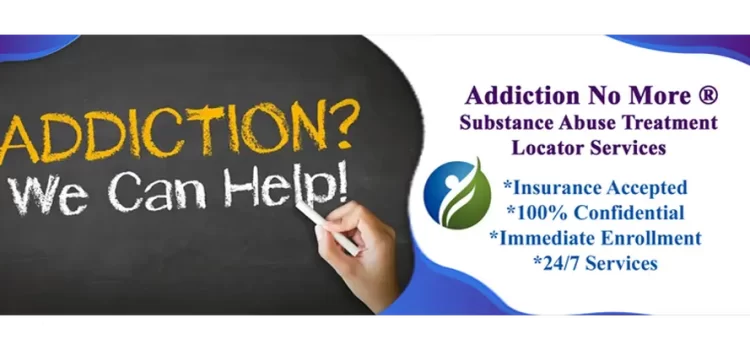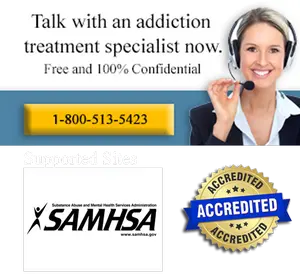Drug Prevention Steps and the Prevention Principals
These principles are intended to help parents, educators, and community leaders think about, plan for, and deliver research-based drug abuse prevention programs at the community level. The references following each principle are representative of current research.PRINCIPLE 1 – Prevention programs should enhance protective factors and reverse or reduce risk factors. The risk of becoming a drug abuser involves the relationship between the number and type of risk factors (e.g., deviant attitudes and behaviors) and protective factors (e.g., parental support). The potential impact of specific risk and protective factors changes with age. For example, risk factors within the family have a greater impact on a younger child, while the association with drug-abusing peers may be a more significant risk factor for an adolescent. Early intervention with risk factors (e.g., aggressive behavior and poor self-control) often has a greater impact than later intervention by changing a child’s life path (trajectory) away from problems and toward positive behaviors. While risk and protective factors can affect people of all groups, these factors can have different effects depending on a person’s age, gender, ethnicity, culture, and environment.
PRINCIPLE 2 – Prevention programs should address all forms of drug abuse, alone or in combination, including the underage use of legal drugs (e.g., tobacco or alcohol); the use of illegal drugs (e.g., marijuana or heroin); and the inappropriate use of legally obtained substances (e.g., inhalants), prescription medications, or over-the-counter drugs.
PRINCIPLE 3 – Prevention programs should address the type of drug abuse problem in the local community, target modifiable risk factors, and strengthen identified protective factors.
PRINCIPLE 4 – Prevention programs should be tailored to address risks specific to population or audience characteristics, such as age, gender, and ethnicity, to improve program effectiveness.
PRINCIPLE 5 – Family-based prevention programs should enhance family bonding and relationships and include parenting skills; practice in developing, discussing, and enforcing family policies on substance abuse; and training in drug education and information.
Family bonding is the bedrock of the relationship between parents and children. Bonding can be strengthened through skills training on parents supporting their children, parent-child communication, and parental involvement.
Parental monitoring and supervision are critical for drug abuse prevention. These skills can be enhanced with training on rule-setting; techniques for monitoring activities; praise for appropriate behavior; and moderate, consistent discipline that enforces defined family rules.
Drug education and information for parents or caregivers reinforce what children are learning about the harmful effects of drugs and open opportunities for family discussions about the abuse of legal and illegal substances.
Brief, family-focused interventions for the general population can positively change specific parenting behavior that can reduce later risks of drug abuse.
PRINCIPLE 6 – Prevention programs can be designed to intervene as early as preschool to address risk factors for drug abuse, such as aggressive behavior, poor social skills, and academic difficulties.
PRINCIPLE 7 – Prevention programs for elementary school children should target improving academic and social-emotional learning to address risk factors for drug abuse, such as early aggression, academic failure, and school dropout. Education should focus on the following skills:
self-control
emotional awareness
communication
social problem-solving
academic support, especially in reading
PRINCIPLE 8 – Prevention programs for middle or junior high and high school students should increase academic and social competence with the following skills:
study habits and academic support
communication
peer relationships
self-efficacy and assertiveness
drug resistance skills
reinforcement of anti-drug attitudes
strengthening of personal commitments against drug abuse
PRINCIPLE 9 – Prevention programs aimed at general populations at key transition points, such as the transition to middle school, can produce beneficial effects even among high-risk families and children. Such interventions do not single out risk populations and, therefore, reduce labeling and promote bonding to school and community.
PRINCIPLE 10 – Community prevention programs that combine two or more effective programs, such as family-based and school-based programs, can be more effective than a single program alone.
PRINCIPLE 11 – Community prevention programs reaching populations in multiple settings—for example, schools, clubs, faith-based organizations, and the media—are most effective when they present consistent, community-wide messages in each setting.
PRINCIPLE 12 – When communities adapt programs to match their needs, community norms, or differing cultural requirements, they should retain core elements of the original research-based intervention which include:
Structure (how the program is organized and constructed);
Content (the information, skills, and strategies of the program); and
Delivery (how the program is adopted, implemented, and evaluated).
PRINCIPLE 13 – Prevention programs should be long-term with repeated interventions (i.e., booster programs) to reinforce the original prevention goals. Research shows that the benefits of middle school prevention programs diminish without follow-up programs in high school.
PRINCIPLE 14 – Prevention programs should include teacher training on good classroom management practices, such as rewarding appropriate student behavior. Such techniques help to foster students’ positive behavior, achievement, academic motivation, and school bonding.
PRINCIPLE 15 – Prevention programs are most effective when they employ interactive techniques, such as peer discussion groups and parent role-playing, that allow for active involvement in learning about drug abuse and reinforcing skills.
Call us today! We can help you locate a treatment center for addiction or a detox program in your area. Call us for more information, 24 hours a day, 7 days a week.
1-800-513-5423
Sources
Drug Prevention Principals
Erik Epp – Content Author





